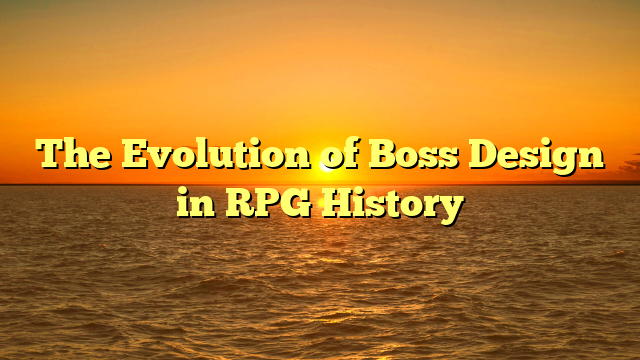Boss battles have long served as climactic tests of player skill and narrative progression in RPGs. Early bosses were simple stat walls with high health and damage, designed raja toto88 to challenge players through pure numbers. Games like Dragon Quest relied heavily on turn-based endurance tests rather than complex mechanics.
By the 1990s, bosses began incorporating more personality and narrative context. JRPGs mastered dramatic boss encounters with unique sprites, multi-phase battles, and scripted sequences. Titles like Final Fantasy IV and Chrono Trigger introduced bosses whose mechanics tied into story themes, such as time manipulation or emotional stakes.
Western RPGs adopted a different approach. Boss battles in Baldur’s Gate and Fallout emphasized strategic preparation—consumables, spells, positioning—rather than flashy spectacle. Some Western RPGs even allowed players to avoid boss fights through diplomacy or stealth.
The 2000s brought cinematic presentation and mechanical complexity. Action RPGs like Kingdom Hearts and Dark Cloud introduced multi-stage encounters, attack patterns, and environmental hazards. Meanwhile, MMORPGs like World of Warcraft revolutionized boss design through raid mechanics requiring teamwork, coordination, and role specialization.
Modern RPGs focus heavily on spectacle and mechanical mastery. The Souls series redefined boss battles through intricate animations, punishing but fair difficulty, and multi-phase transformations. JRPGs like Persona 5 and Octopath Traveler emphasize stylish attacks, weaknesses, and turn manipulation.
Boss battles continue to evolve, blending narrative, mechanics, and artistry into unforgettable set pieces.
